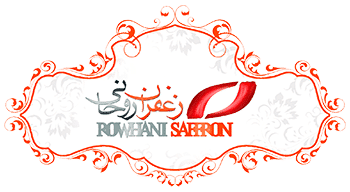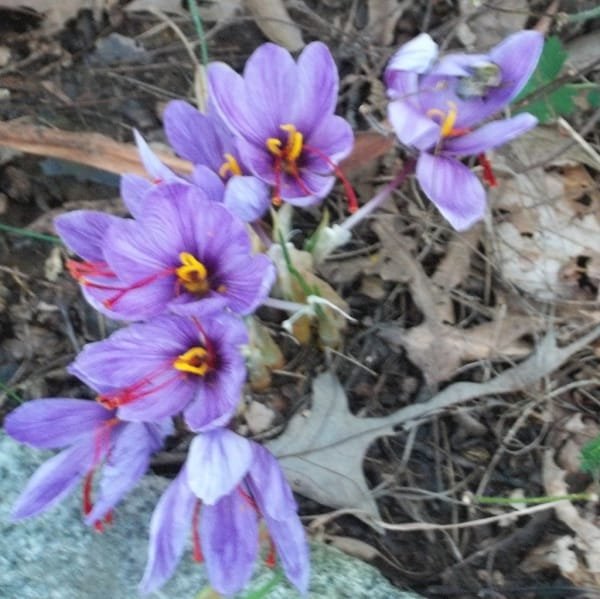Productivity challenges of red gold (saffron) in Khorasan
Cultivation of red gold, which has long been common in the eastern regions of the country, especially in Razavi and southern Khorasan, in recent years has led to a significant growth of saffron industry in these regions.
With the passing of days and the reddening of this gold, saffron is now cultivated in more than 90,000 hectares of land in Khorasan Razavi province. Let’s be the first producer in the world.
Despite the strategic importance of this product, it now suffers from problems such as lack of proper packaging and processing, and this has led to the main profit of red gold going to the pockets of other countries, including Spain.
Khorasan Razavi ranks first in saffron production
In this regard, Mohammad Reza Orani, head of the Khorasan Razavi Agricultural Jihad Organization, said: This year, the area under saffron cultivation in Khorasan Razavi is 90,000 hectares with a production of about 280 to 290 tons.
He added: “With the planning and policies that were carried out, an attempt was made if brokers and people whose bread is in the turmoil of the market want to disrupt it, either in a managed manner or through an agreed purchase or a commodity exchange.” Let’s enter so that the saffron growers do not lose, and in this regard, an agreed purchase of saffron began.
Orani stated that the forecast for this year’s harvest is the same as last year, adding: “Due to the temperature changes, the saffron harvest this year will be about 290 tons.” Based on last year’s exports and 78 tons of saffron in the first half of this year, no more than 14 or 15 tons of saffron are in the market. Create mental anxiety among farmers so that they can achieve their goals.
The head of the Khorasan Razavi Agricultural Jihad Organization said: “All necessary policies have been adopted in support of saffron growers and we ask them not to pay attention to many of the things that are said by some people in cyberspace.” Some, whose interests are at stake today because of the stock market, are trying to make this success ineffective.
He continued: Although saffron is cultivated in most cities of Khorasan province, but the main cultivation is concentrated in the central and southern cities of the province. Currently, out of 114,000 hectares of saffron cultivation in the country, 90,000 hectares belong to Khorasan Razavi province, 15,000 hectares to South Khorasan and 9,000 hectares to other provinces. Khorasan Razavi has the first rank and is the first producer of pure and high quality saffron in the world.
“It is said that saffron is cultivated in all provinces, because they want to encourage people to sell their saffron,” Orani said. Enough conversion industries have been established in accordance with the cities that produce saffron and there is no problem. The area under saffron cultivation has increased from 87,000 hectares in the last crop year to 90,000 hectares in the current crop year.
The head of the Jihad Agricultural Organization of Khorasan Razavi, pointing out that 131 thousand people in this province are currently directly employed in the field of saffron production, clarified: this valuable product should be protected with all its might and in this regard to maintain and improve its supply position He tried and planned globally.
Economic benefits of saffron for water-scarce areas
Ali Rasoulian, Deputy Coordinator of Economic Affairs of Khorasan Razavi Governorate, stated in this regard: Saffron has very good economic benefits for water-scarce areas.
He said that Khorasan Razavi province is the first producer of saffron in the world and very good companies are active in this field, adding: we must be able to create better benefits for the country through proper packaging and products under the saffron sector. In terms of the price at which we buy the product from the farmer and export it to other countries, we have not been able to bring the value of this product closer to international prices, and there is still a long way to go.
Rasoulian pointed out: Despite the fact that 90% of Iranian saffron is produced in Khorasan Razavi province, but issues such as traditional cultivation methods and low production efficiency, bulk exports, lack of strong and major organizations in the production sector, lack of working capital of processing units and Traditional packaging and export of saffron to several countries is one of the challenges and problems related to saffron.
The Deputy Governor of Khorasan Razavi for Economic Affairs Coordination, pointing out that so far we have not been able to use good scientific methods in planting and maintaining saffron, clarified: we must move towards the production of organic saffron and saffron that sells more in the world. With the help of the private sector that is active in these areas, we should be able to enter the villages and have a better planting, harvesting and harvesting by providing new methods by informing and disseminating better knowledge and involving farmers and involving them.
Pollutants are the most important challenge
Mohammad Shakeri, one of the saffron exporters in Khorasan Razavi province, also stated about the challenges in the field of saffron packaging and processing: Currently, one of the challenges of saffron in Khorasan province and in a kind of country is the presence of pollutants such as hair, carpets and rugs. The blanket is in the saffron flower.
He added: “Using modern technology in the process of planting, holding and harvesting saffron is a missing link that exists in this product and should be seriously on the agenda.” Although about 95% of the world’s saffron is produced in Iran, but the distribution of saffron in the world is done by European and foreign countries, especially Spain, and has caused the world to now recognize Iranian-produced saffron as Spain.







Get Social